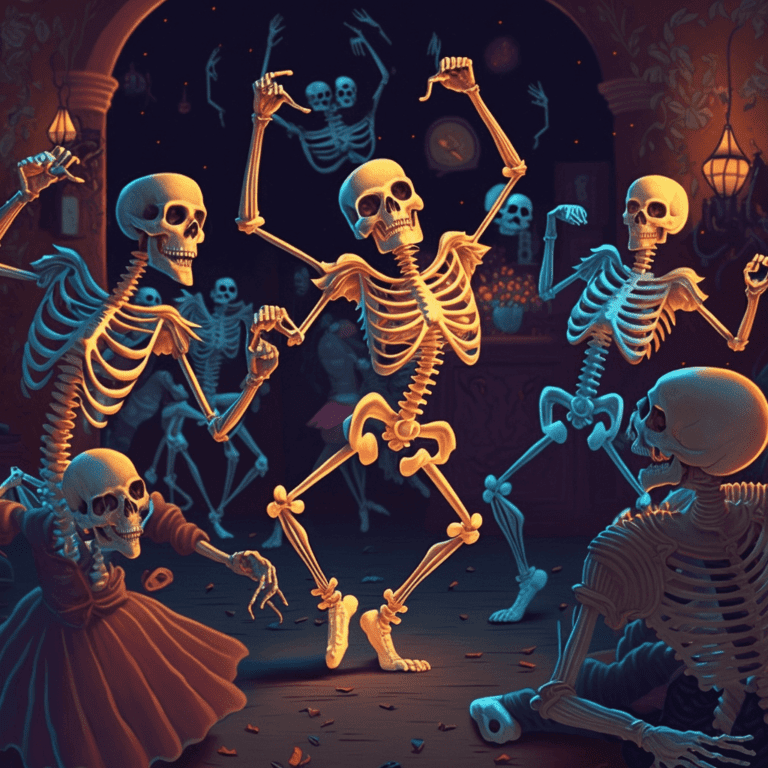Track
In music software and hardware, tracks refer to different layers of sound that make up a song or an audio recording (such as a podcast). These layers can contain audio recordings or MIDI data. Now, you might be wondering what this audio and MIDI stuff is all about. Let me explain:
Audio layers are essentially recordings of real-world sounds. These could be vocals, instruments like guitars or drums, or any other sound that can be captured with a microphone. MIDI, on the other hand, stands for Musical Instrument Digital Interface. It’s a way to control virtual instruments and synthesizers using data rather than audio recordings. Think of it as digital sheet music for electronic instruments.
So, when we say “tracks,” we mean these different layers of sounds stacked on top of each other. Imagine it like a cake with multiple layers, where each layer represents a different sound.
Now, let’s delve a little deeper into the types of tracking devices out there. Some common ones include multi-track software or hardware, stereo (2 track), 4 track, and 8 track. Each type allows for a different number of audio or MIDI layers to be recorded or programmed.
For instance, multi-track software or hardware can handle a large number of tracks, making it ideal for complex and professional music production. On the other hand, stereo tracking, with only two tracks, is simpler and often used for basic recordings, like a singer with a guitar, or a mono (one track) recording of a podcaster’s voice.
Modern music production has evolved dramatically, thanks to advancements in technology. With powerful software and hardware, musicians and producers can create intricate arrangements with countless tracks. This means they have the freedom to experiment with different sounds and layer them to create unique and rich compositions.
In summary, tracks in music production are like building blocks that make up a song. They can be audio recordings of real-world sounds or MIDI data for controlling virtual instruments. As technology has progressed, the number of tracks available for use has increased significantly, giving artists endless possibilities to express their creativity. So, the next time you hear someone talking about tracks in music, you’ll have a basic understanding of what they mean and how they contribute to the magical world of music production.

So what’s this site all about anyway?
Well, if you ever find yourself needing music for anything – a YouTube video, a podcast, a school project, a presentation, TV commercial or even a film – then browse, preview and download any of our tracks





